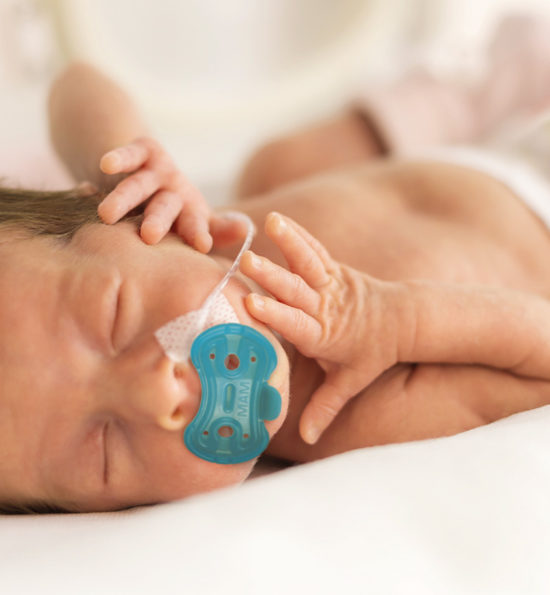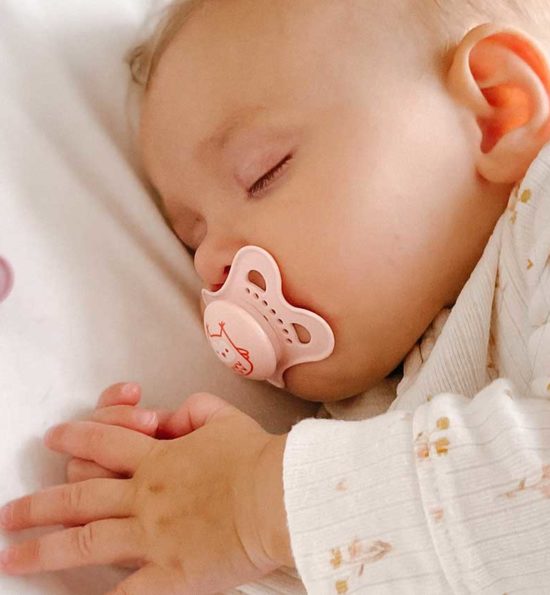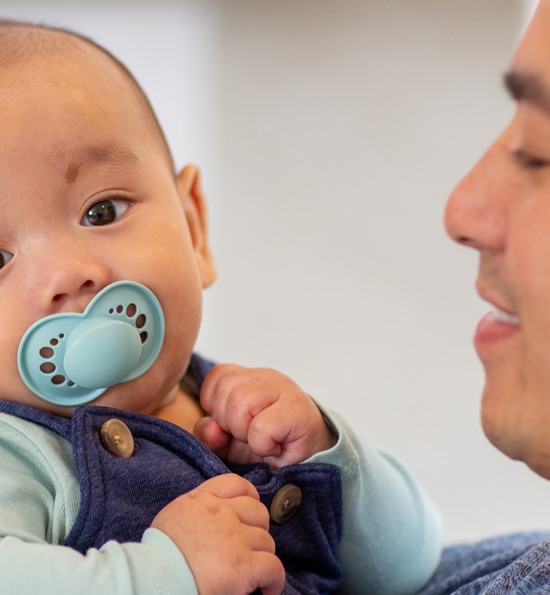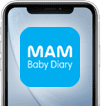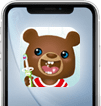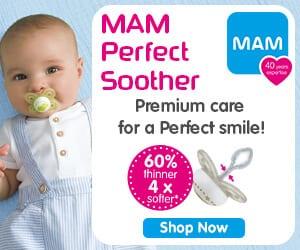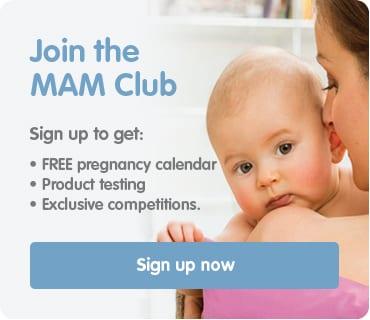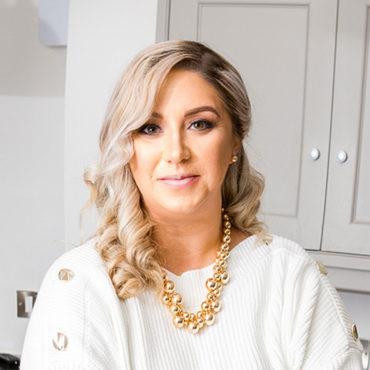
By Katie Hilton
Katie Hilton is a dual qualified nurse, midwife and health visitor and the expert adviser for MAM UK. She is also a mu’ma herself to one cheeky little man.
The top 10 essential feeding items new parents should have to hand.
The first few months with a new baby can seem like a blur of constant feeding, burping, changing, settling your baby and repeat. Some days, you don’t even manage to take a shower until lunchtime and you often forget what day of the week it is. Whether you’re breastfeeding, bottle feeding or combination feeding, having the right feeding equipment there when you need it can make life a whole lot easier.
1. Breastpump
If you’re intending on breastfeeding, then you will in all likelihood need a breastpump. Which pump you choose will be very much based on how often you intend to pump. In the first 6-8 weeks after your baby is born you might need to use your pump to increase your milk supply by pumping after each feed, for this purpose either an electric or a manual pump will work just fine. If you’re wanting to combination feed and will need to pump for a couple of bottles each day then you might want to invest in the 2-in-1 single electric pump, if however you will be returning to work when your baby is six months old, you’re expecting twins or you want to exclusively pump then you’ll likely need the 2-in-1 double electric pump to enable you to pump double the amount of breast milk in a half the time. Remember both of the 2-in-1 pumps enable you to use as both a manual and electric pump and the double pump can be used for both single or double electric pumping.
2. Storage Pots
Once you’ve pumped all that fabulous liquid gold, you’re going to need somewhere to store it! The MAM Storage Pots are stack-able and can be stored in either the fridge or freezer. They feature a screw lid so no chance of any leaks and will come in very helpful as your little one gets ready for weaning and beyond!
3. Nipple Shields
The number one reason most women stop breastfeeding is sore cracked nipples. Most likely to occur in the first few weeks whilst both you and baby are learning and mastering breastfeeding, it can definitely stop you in your tracks. To enable you to continue to breastfeed whilst understanding what is actually causing the sore nipples you can use nipple shields. Made with a super soft, thin, flexible silicone, they are shaped to allow your baby to continue to feed easily and comfortably. Available in 2 sizes and complete with a sterilisable case. If you do develop sore nipples, it’s important to speak to your health visitor to ascertain the cause and correct any issues with positioning and development to ensure you don’t continue to experience sore nipples.
4. Feeding Cushion
A feeding cushion comes in very handy whilst feeding, regardless of whether you’ve chosen to breast or bottle feed. Feeding your baby can take anywhere from 10-40 minutes, so it’s important both of you are comfortable. Chose a cushion that offers both back and arm support and enables your baby to fully lay across you if you’re planning on breastfeeding. If you’re expecting twins, select a cushion which forms a full donut around your body.
5. Feeding Bottles
The bottles you choose for your baby are one of the most important considerations when selecting feeding items. How your baby feeds from their bottle can have an impact on their general mood, how well they sleep and their growth and development. If you’re combination feeding with both breast and bottle it will also be important to select a bottle which allows your baby to use the same feeding technique as at the breast to reduce the risk of confusion, the MAM Easy Start Bottle has an amazing 94% acceptance rate. How your baby’s bottle vents air will be vital to reducing their risk of developing colic, base vented bottles such as the MAM Easy Start Bottle have been shown to reduce the risk of colic like symptoms by up to 80%. Finally, how easy the bottles are to clean and sterilise after each feed will also be something important to consider, the self-sterilising functions of the MAM Easy Start makes this bottle not only high-quality, but also super-efficient, quick and easy to use.
The MAM Easy Start Anti-Colic Bottle has been chosen as Mumsnet’s Best Bottle 2020
6. Milk Powder Box
Planning on going out and about with your baby and don’t want the hassle of taking out a tin of formula? Simply measure out the number of scoops you need for your feed and place in the MAM Milk Powder Box. With capacity for three feeds you’ll never run short and it will make venturing out the house much easier!
7. Soft Brush
Once you’ve finished feeding it’s important to fully clean your feeding equipment in hot soapy water prior to sterilising. Use a soft brush to clean all parts, including inside the teats.
8. Steriliser
After you’ve thoroughly cleaned all your baby’s feeding equipment it will need to be sterilised before being used again. If you choose to use the MAM 6-in-1 Steriliser then you’ll have the ability to switch between multiple methods of sterilisation including microwave, electric and cold-water sterilisation, which makes this the perfect item for travelling away from home. With an integrated bottle and baby food warmer it means you don’t have to buy these items separately, saving both money and time!
9. Trainer Bottles
Transitioning your baby and bottle to cup can be a particularly stressful time for both you and your baby. However, it doesn’t need to be! If you’ve been bottle or combination feeding with the MAM Easy Start Bottles you can easily make the transition using the MAM Trainer Bottles. Initially start by using the bottle with a regular teat, the same as your baby has been used to and then gradually switch over to the spout. The spout is made of the same super-soft silicone as MAM teats, which means it offers the same reassuring texture to your baby with a reduced risk of refusal.
10. Oral Care Rabbit
Very few people realise the importance of cleaning their baby’s gums after a feed. Just as with adults, a little baby’s mouth can carry and develop bacteria. Obviously at such a young age there won’t be any teeth to clean, but it’s still important to clean the gums after each feed to remove any bacteria. Simple use something such as the Oral Care Rabbit to gently wipe around the gums to remove any milk residue. The Oral Care Rabbit will also be very helpful once your baby starts to teethe, simple place teething gel on the rabbit’s ears and massage into the gums!




